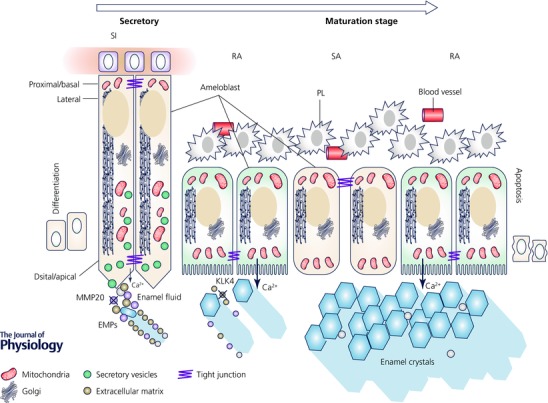Figure 1. Schematic diagram of histological changes in amelogenesis.

The histological development of enamel crystals goes hand in hand with changes in ameloblast morphology. Undifferentiated epithelial cells receive signals to transform into secretory ameloblast cells of some 75 μm tall and ∼5 μm in diameter with a specialized distal cell process (Tomes’ process) which plays an important role in matrix exocytosis. These same cells will retransform into shorter cells (∼35 μm tall) during maturation devoid of the Tomes’ process. In maturation stage, ameloblasts undergo cyclical changes from a cell with a distal ruffled border, the ruffled‐ameloblast (RA), to a cell with a smooth distal border, the smooth‐ameloblast (SA). Tight junctions are found at the basal and apical pole of secretory ameloblasts. The apical or distal pole is closest to the enamel crystals. In RA cells, tight junctions are found only at the apical pole but in SA cells they are located at the basal pole. Organellar distribution differs in cells at each stage (see text for details). SI = stratum intermedium, PL = papillary layer, EMPs = enamel matrix proteins. MMP20 and KLK4 are the main proteases in AMEL processing. See also organellar distribution at each stage.
